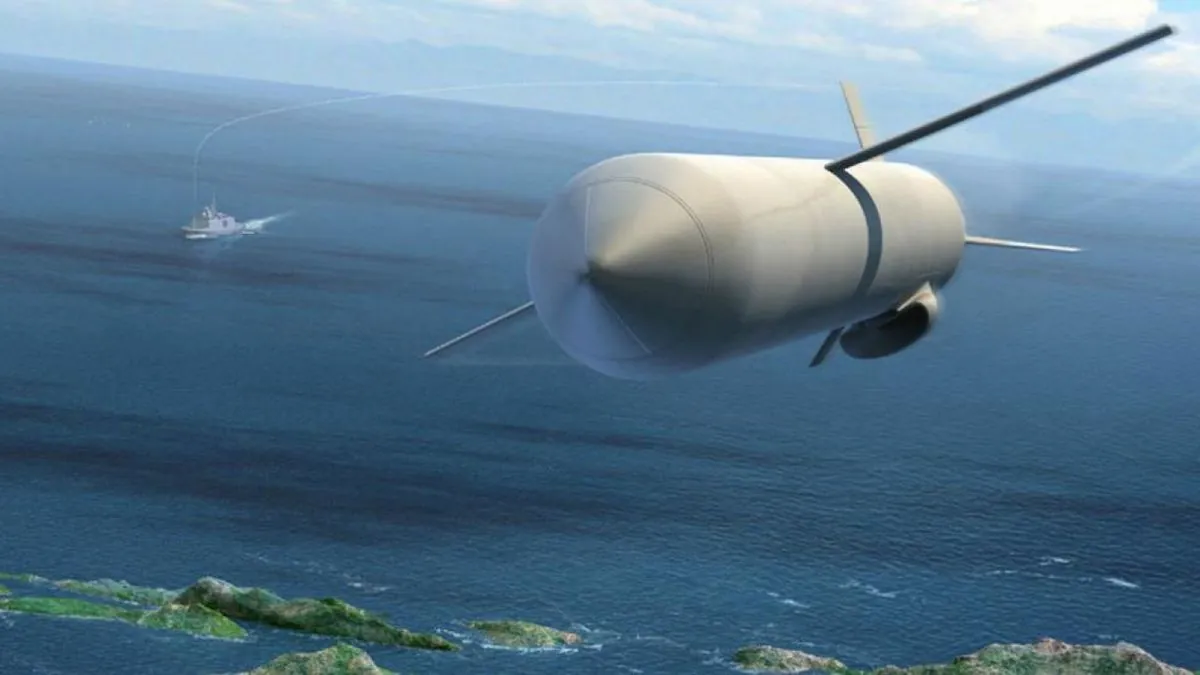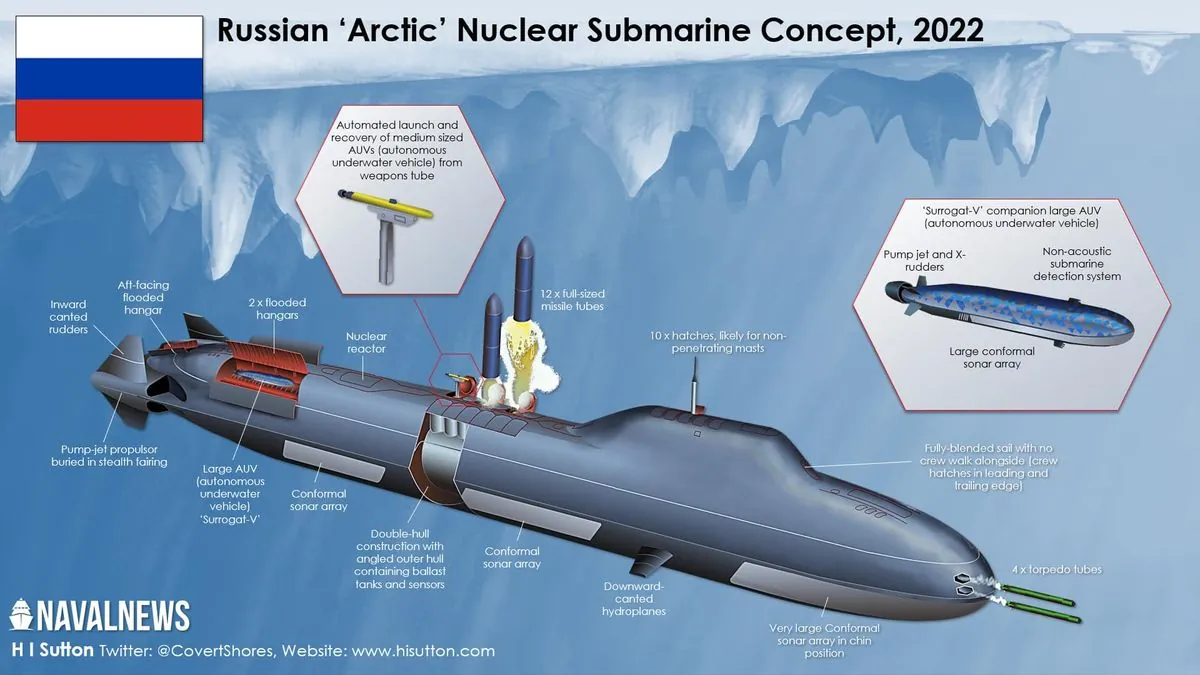Russia's New Nuclear Missile Site Identified, Experts Question Strategic Value
U.S. researchers locate probable deployment area for Russia's nuclear-powered Burevestnik missile. Experts debate its strategic importance and potential risks, amid concerns of a new arms race.

U.S. researchers have identified a potential deployment site for Russia's new nuclear-powered cruise missile, the Burevestnik, also known as SSC-X-9 Skyfall by NATO. The location, situated 475 kilometers north of Moscow, is adjacent to a nuclear warhead storage facility called Vologda-20 or Chebsara.
Decker Eveleth, an analyst with the CNA research organization, discovered satellite imagery from July 26, 2023, revealing construction at the site. The images show what appear to be nine horizontal launch pads arranged in three groups, protected by high berms. These structures are connected to service buildings and an existing complex of five nuclear warhead storage bunkers.
Jeffery Lewis of the Middlebury Institute of International Studies at Monterey concurred with Eveleth's assessment, noting the unique characteristics of the site. However, Hans Kristensen of the Federation of American Scientists expressed some reservations, citing Russia's typical practice of separating missile launchers from nuclear warhead storage.
The Burevestnik missile, unveiled by President Vladimir Putin in March 2018, has been touted as having "almost unlimited range" and the ability to evade U.S. missile defenses. However, experts question these claims and the missile's strategic value.

The missile's development has been marred by setbacks, including a 2019 accident that resulted in five deaths. The Nuclear Threat Initiative reports that out of at least 13 known tests since 2016, only two have been partially successful.
Experts, including Pavel Podvig, a specialist on Russia's nuclear forces, argue that the Burevestnik does not provide capabilities beyond those of existing Russian nuclear forces. Moreover, concerns have been raised about potential radiation risks associated with its nuclear-powered engine.
Thomas Countryman of the Arms Control Association described the Burevestnik as a "uniquely stupid weapon system," likening it to a "flying Chernobyl."
The deployment of the Burevestnik is not prohibited by the New START treaty, which expires in February 2026. However, its development has raised concerns about a potential nuclear arms race.
As tensions between Russia and the West continue to escalate, particularly in light of the ongoing conflict in Ukraine, the identification of this potential missile site adds another layer of complexity to the global strategic landscape.
"Russia will make changes to its guidelines on the use of nuclear weapons in response to what it regards as Western escalation in the war in Ukraine."
This development underscores the need for continued diplomatic efforts and arms control negotiations to prevent further destabilization of the international security environment.


































